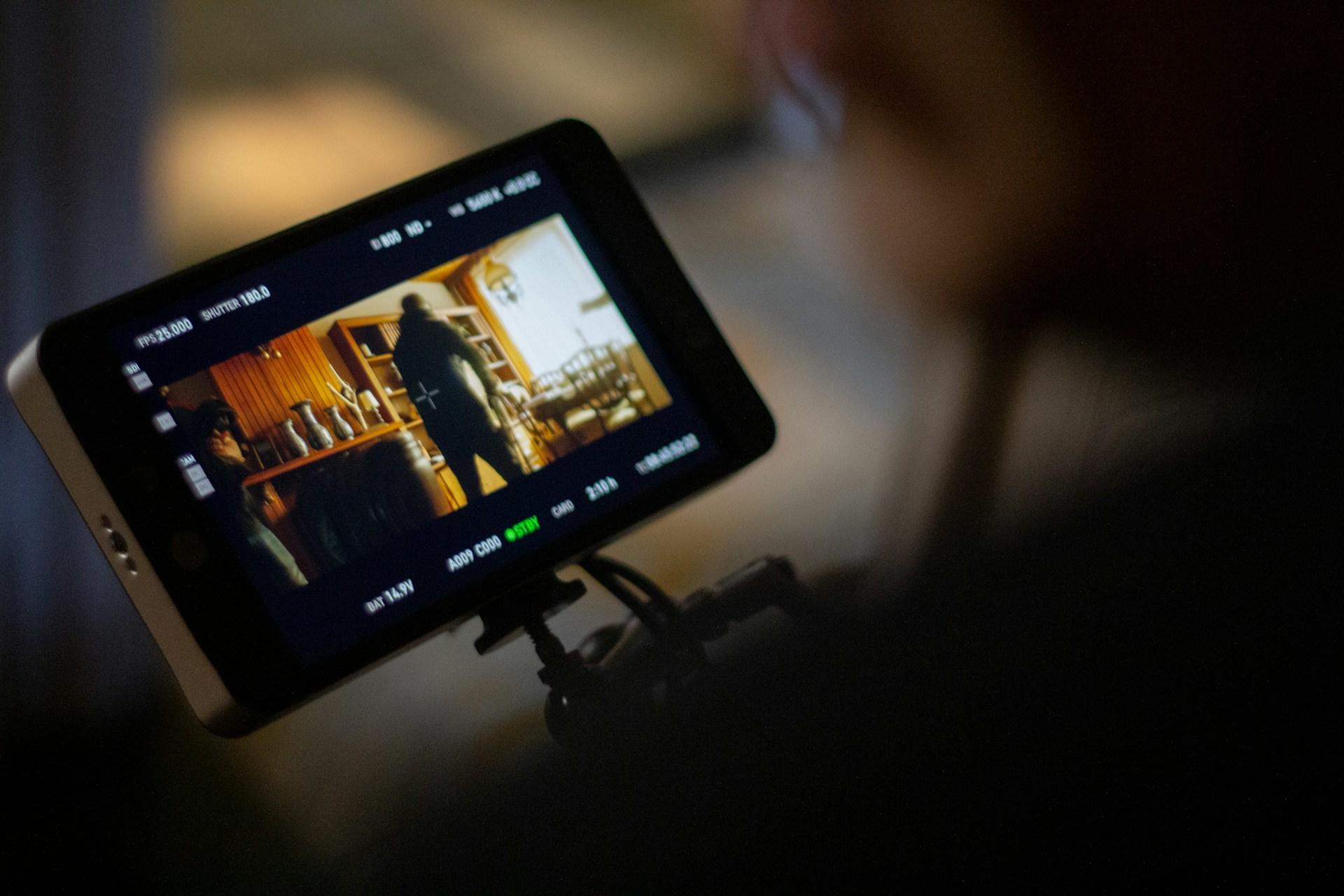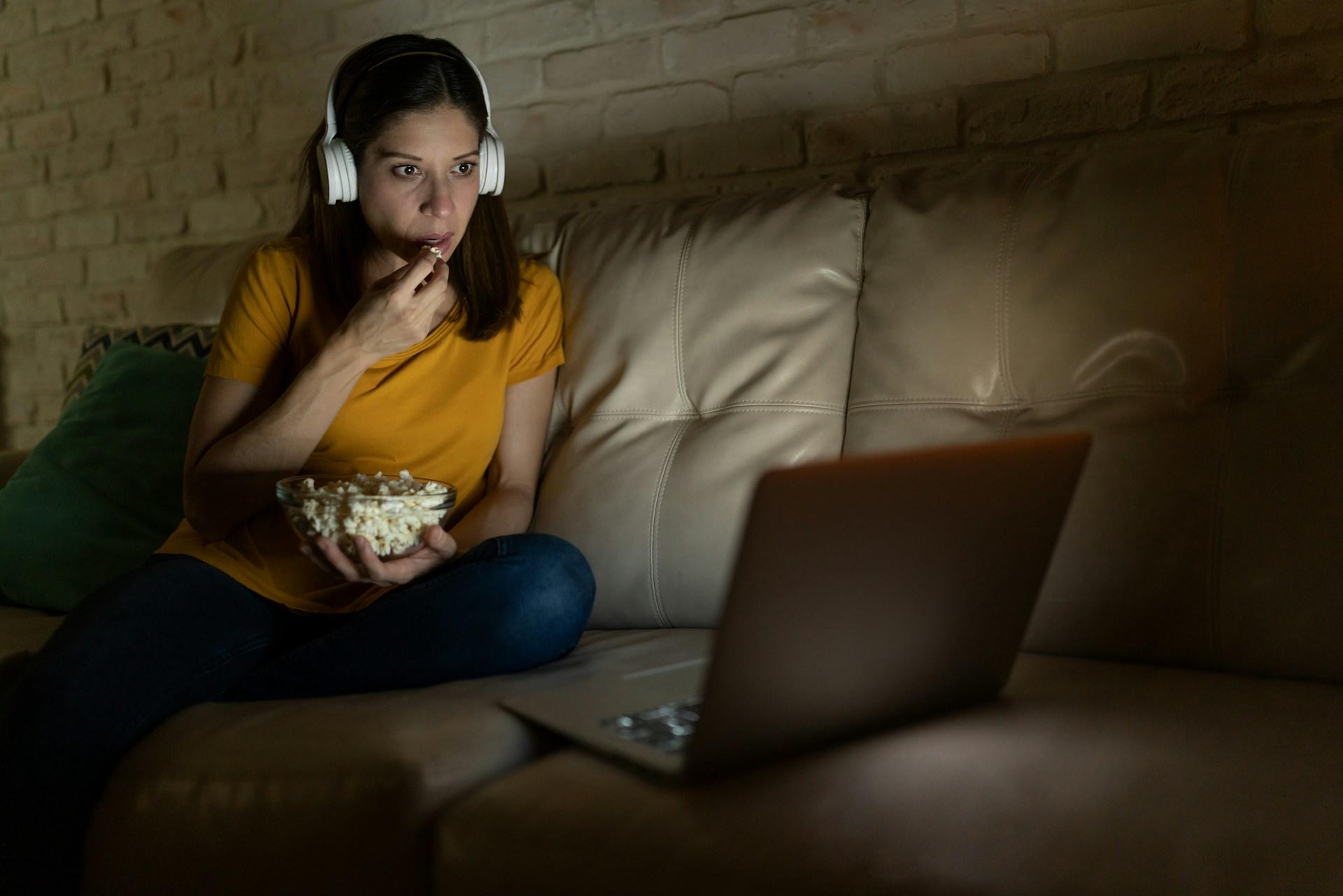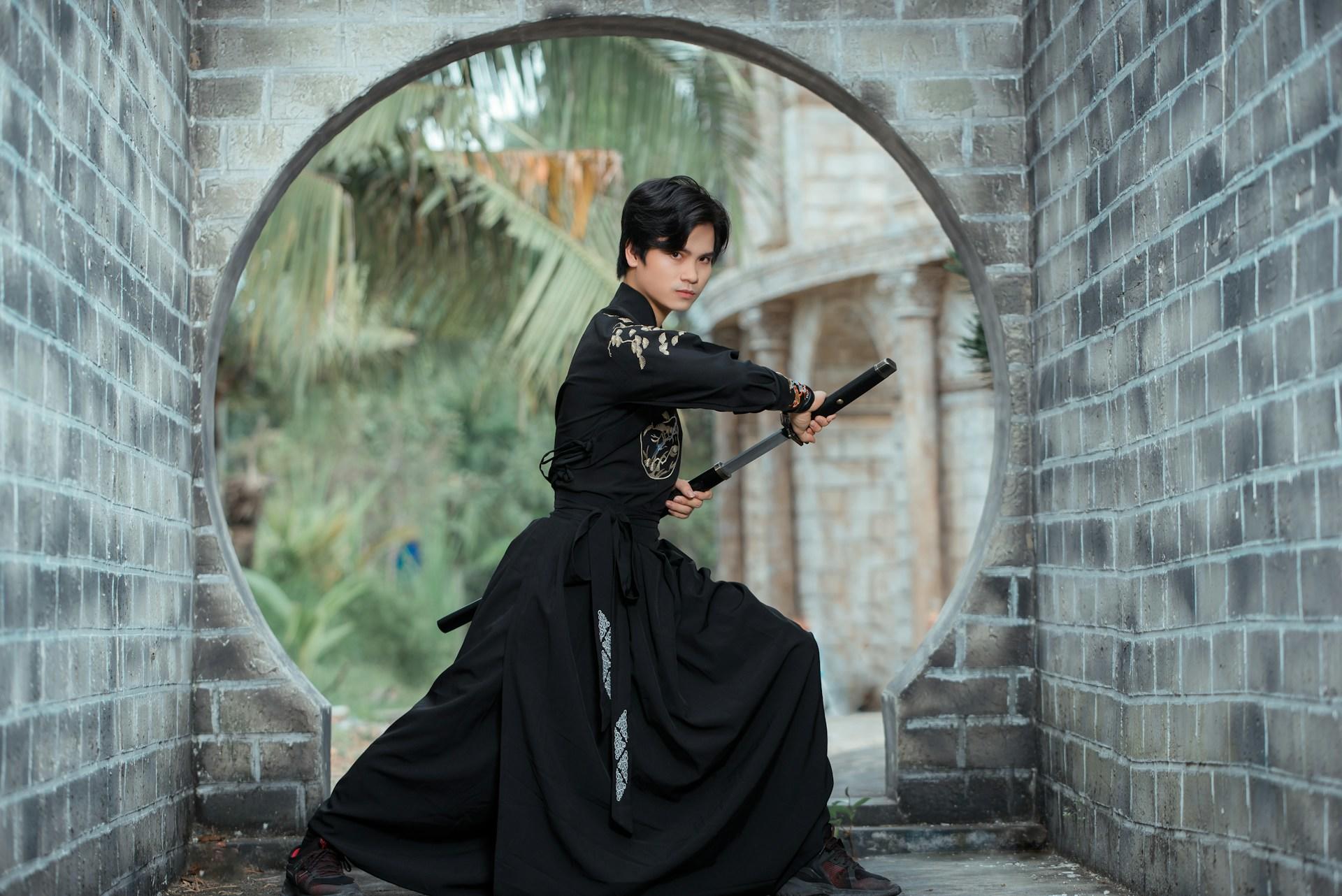Learning a new language is a serious undertaking but that doesn't mean you can't have any lighthearted moments. For instance, Japanese learners benefit from a host of online tools to learn Japanese. These range from gamified language-learning applications to language exchange platforms like Italki and Hello Talk.
The most progressive Japanese learners enjoy a steady diet of Japanese films. Rather than limiting their learning to weekly lessons and doing homework, these students diversify their resources. Doing so engages their visual and 'listening' memory, which helps them master Japanese characters and Japanese vocabulary faster.
As a student of Japanese, you know this writing system doesn't use an alphabet, per se. The kana comprises two syllabaries; hiragana and katakana. Kanji are characters borrowed from the Chinese lexicon. If you're an absolute beginner at studying the Japanese language, your textbooks likely include romaji - kanji and kana written phonetically in the alphabet English speakers use.
This article explains what the Japanese writing system has to do with watching movies in Japanese. Along the way, we'll share some tips to get the most out of your viewing experience and suggest some of the best Japanese movies to help you learn Japanese.

Learn Japanese With Movies: Right and Wrong Ways
As you surely know, you have more than one way to watch films. Your options range from blockbuster fare in a theatre, complete with buttered popcorn and a tall drink, to streaming a movie on your phone. There's nothing wrong with any option you choose but if you want to learn Japanese on your smartphone, watching films isn't the best choice.
Let's talk about Japanese writing and its connection to movie watching. Reading subtitles is one reason learning Japanese with movies is so effective. We're not talking about subtitles in English, of course. You wouldn't have any problem reading them, no matter how small your screen.

Japanese writing is a masterclass in precision. One misplaced or omitted stroke and you may have written a completely different character. Any time you have a chance to read Japanese kana, they should be as visible as possible. Smartphones' small screens don't offer that advantage.
As a beginner Japanese learner, you will watch the best Japanese movies with English subtitles to understand the dialogue. However, as your language skills improve, you should turn on Japanese subtitles. This gives you the chance to match what you hear to what you read.
In fact, even as a beginner, you might watch the same film twice. Once with subtitles in English to learn the story and again with Japanese subtitles to challenge your listening and reading skills. The more such sessions, the faster your Japanese reading skills will develop.
You might wonder about feature-length anime. Will they help or harm your learning efforts? The general take is that all exposure to Japanese is beneficial. At least, you're hearing native Japanese speakers having dialogue in their language - provided you don't select the English-dubbed track.
You should beware, though, that such fare may include a lot of Japanese slang and local terms you won't find on your Japanese vocabulary lists. Depending on the anime, this might not be such a big issue. If you're taking Japanese lessons by webcam, your Japanese teacher may have recommendations for you.
Once you've selected a suitable title, how to conduct a movie-watching exercise so you can get the maximum benefit? First, make sure your screen is big enough to show all the action and that the subtitles are easily readable. Watch it all the way through with English subtitles, playing the Japanese language track.
Practise more with a tutor who can lead you in Japanese classes Melbourne on Superprof.
You may consider keeping a notepad and pen nearby. You might hear a Japanese phrase that you're keen to see written in Japanese. Writing the English subtitle down, along with its timestamp, will help you match the dialogue to the desired subtitle in Japanese. Your remote control may get a workout during this process.
You don't have to play the Japanese subtitle version right away. You can give yourself a few days to digest the story and think of other points you'd like more clarity on. While you wait for your next showing, you might browse Japanese fan websites to see what other netizens have to say about this movie.
Come time for the Japanese subtitle viewing, have your notebook, pencil and remote handy. You'll repeat the exercise in reverse, pausing to copy the Japanese subtitles that match the English versions you wrote. You may even write them in romaji so you'll remember how to pronounce them.
Final tip: you needn't do this with every Japanese movie you watch. Approaching Japanese cinema with a learning mindset may ruin the experience if you do so all the time. You might limit this practice to once or twice per month if you have a busy schedule. If your time is freer, indulge as much as you'd like!

Learn Japanese With Movies: Pros and Cons
Learning a language through cinema is one of the many great ways to learn Japanese and probably more fun than most. For the learning to be as effective as possible, we advise you to choose a movie that you like. If you are a Japanese beginner, watching a movie that you have already seen is the best way to start.
These films are a free Japanese learning resource that comes bundled into any streaming subscription you're already paying for. Watching films is an activity you already enjoy. Thus, you don't need to lay out any extra cash or adopt a new habit to make this resource work for you.
Once you know the story and have seen the action, you can focus more on the dialogue and subtitles. Focusing on the spoken words is a good way to pick up new phrases and learn how to pronounce words.
You can learn Japanese Sydney with Superprof!
Getting a peek at authentic Japanese culture is one of the greatest advantages of watching movies from Japan. Anime aside, these films often present stories of typical life in the Land of the Rising Sun. Such slice-of-life tales give you the inside scoop of what life is like for native Japanese people. You might not get such an insider perspective even if you spent years living in Japan.
These offerings expose you to 'real' Japanese, not the kind you learn in textbooks. The so-called textbook Japanese aligns with our culture's customs and sensibilities. As a beginner Japanese student, no doubt your first lesson included introducing yourself, as our culture demands. That typically doesn't happen in Japanese culture, at least, not the same way.
It's rude to address anyone by their given name in Japan. As you watch the best Japanese movies, you'll notice everyone's name ends with -san (さん), the suffix used to show respect. Your Japanese teacher will likely emphasise that early on but even the best English to Japanese translation tools miss these formalities. Let us know in the comments section if you spot a subtitle that transcribes that particle (we haven't found any).
Slang and swear words aside, listening to native Japanese speakers talk in films is an excellent way to tune your ear. This language has a rhythm and measure all its own. The sooner you can internalise it, the quicker your listening skills will improve.

Best Japanese Movies
Immersion is the best way to learn a language and watching Japanese movies will immerse you in the language and culture. You needn't wait until you sit the Japanese Language Proficiency Test (JLPT) to enjoy these offerings and learn from them. In fact, these films serve as different types of Japanese lessons to prepare for your exam.
Slice-of-life films are Japanese audience favourites so it's no surprise that Japanese cinema has a full catalogue of them. Among the best titles, you'll find Like Father, Like Son and Departures. Both stories revolve around cultural taboos and how the people involved managed their crises.
Do you prefer the fantasy genre? If so, The Boy and the Beast and The Wolf Children will make your movie night a success. They both tell stories from the world of hybrid creatures. In one, the human hybrid decides to join the beast clan while the other shows the path away from beast living. Both of these titles are anime.
Further in the anime category, you mustn't miss The Grave of the Fireflies and Spirited Away. Both are Studio Ghibli productions; that name guarantees lush visuals and an engaging, well-narrated story. Howl's Moving Castle is even more exquisite (and this writer's favourite).
Disaster films are a staple of the Japanese film industry, as are historical dramas, mainly centred on the Samurai. The Land of Hope will remind you of the 2011 Fukushima disaster. Sansho the Bailiff describes life in 11th-century Japan and the cruelty of being poor and banished.
Sansho takes its inspiration from a 1915 short story of the same name. It tells us that modern Japanese society is a relatively new condition; it wasn't that long ago that life was harsh for the average citizen of Japan. Many of the books to learn Japanese tell similar stories.















